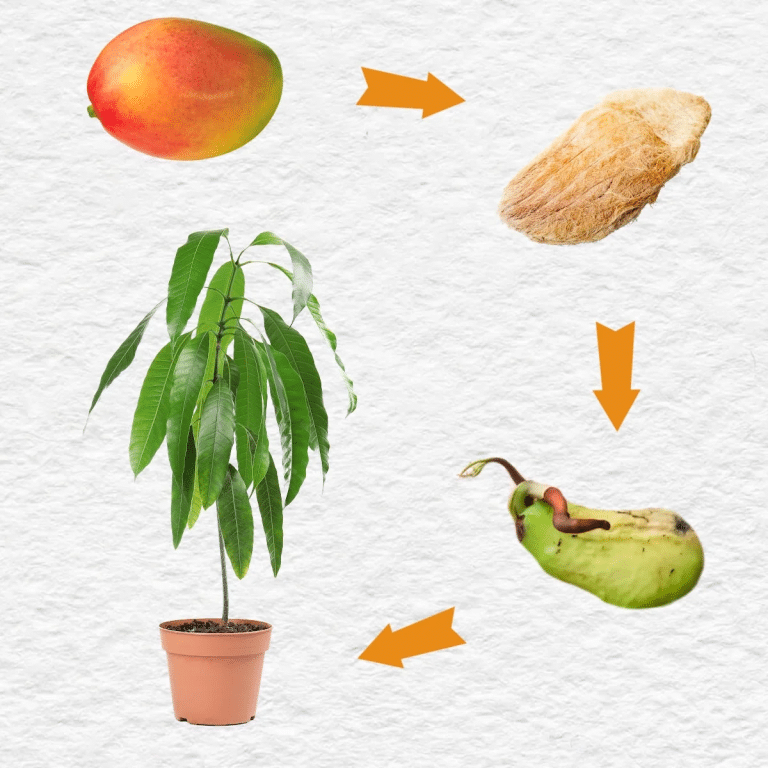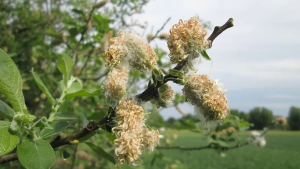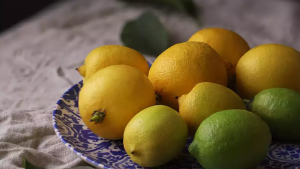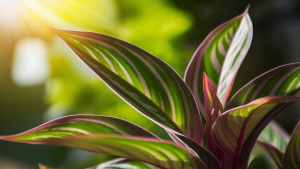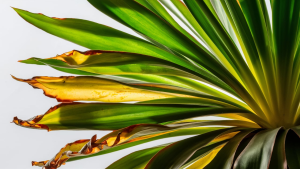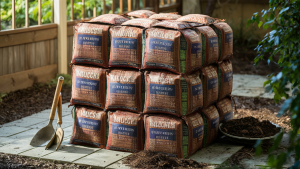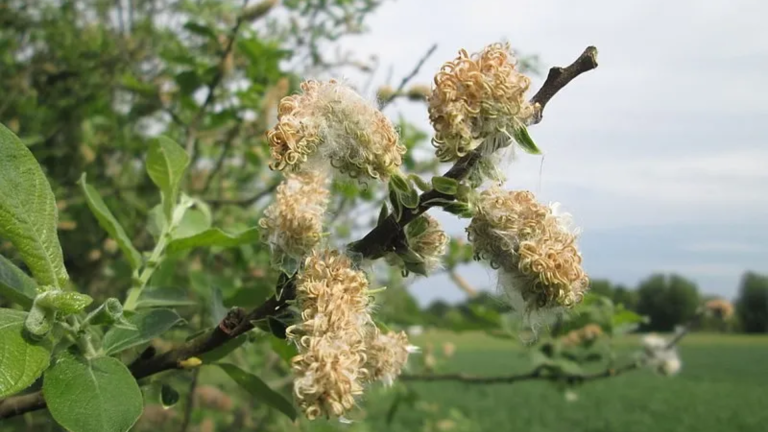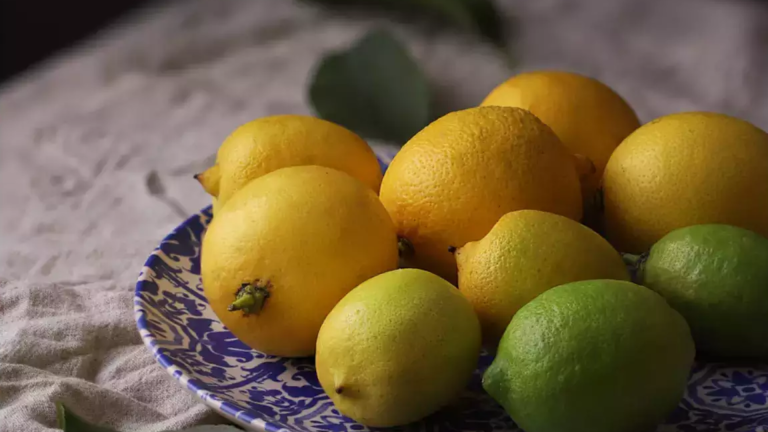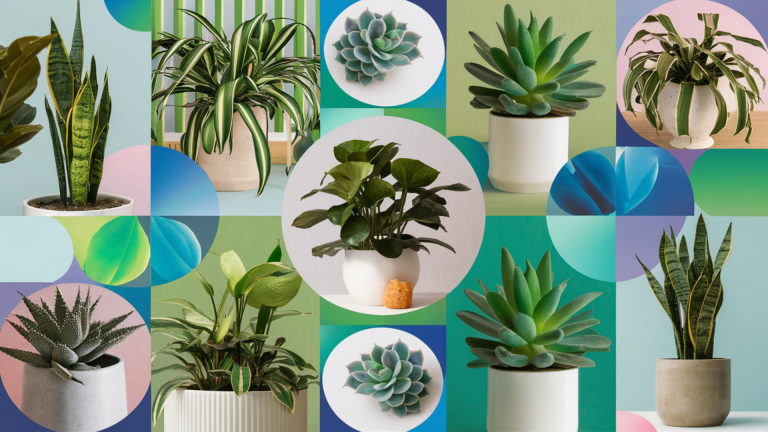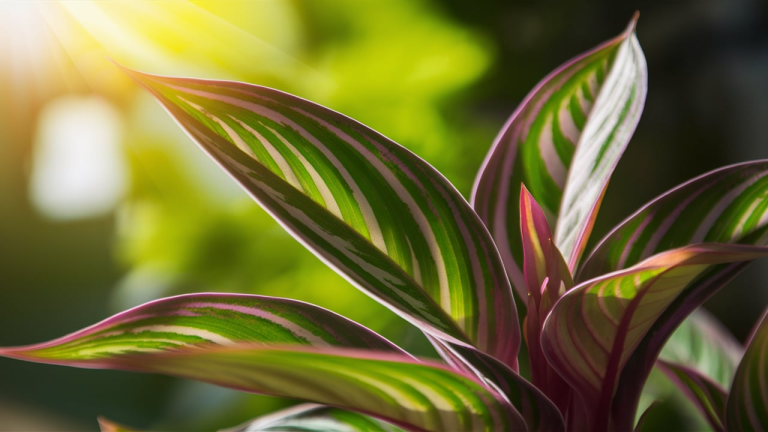Mango is a juicy fruit that grows on large trees in warm parts of the world. It has smooth skin and bright orange-yellow flesh, which is soft and flavorful. People love eating mango fresh, adding it to smoothies, or using it in salads and desserts. Because of its delicious taste and pleasant smell, mango is often called the “king of fruits.”
Growing mangoes starts with planting a healthy seed or young tree in well‑draining soil where it will get at least six to eight hours of sunlight daily. Mango trees thrive in warm climates and need regular watering, especially during dry periods. With patience and proper care, a mango tree can grow into a beautiful, fruit‑bearing centerpiece in the garden.
Growcycle offers a complete guide on how to grow mango from seed. It includes step-by-step instructions for planting, watering, harvesting, soil, and customized watering schedules.
Nutritional Value of Mango
A mango fruit is nutritious with the following essential benefits:
- One cup of sliced ripe mango provides roughly 100 calories, 25 g of carbohydrates, 3 g of fiber, 1 g of protein, and 0.6 g of fat.
- It is an excellent source of vitamin C, supplying over 60 mg (around 70% of the Daily Value), which supports immune function and collagen production.
- Mango also delivers vitamin A in beta‑carotene, essential for eye health, at about 25% of the daily value. In addition, mango contains smaller amounts of vitamin E, vitamin K, several B‑vitamins (including folate), potassium, magnesium, and copper.
- Its natural sugars (fructose and glucose) give it a sweet flavor, while the dietary fiber slows digestion, helping to prevent blood‑sugar spikes.
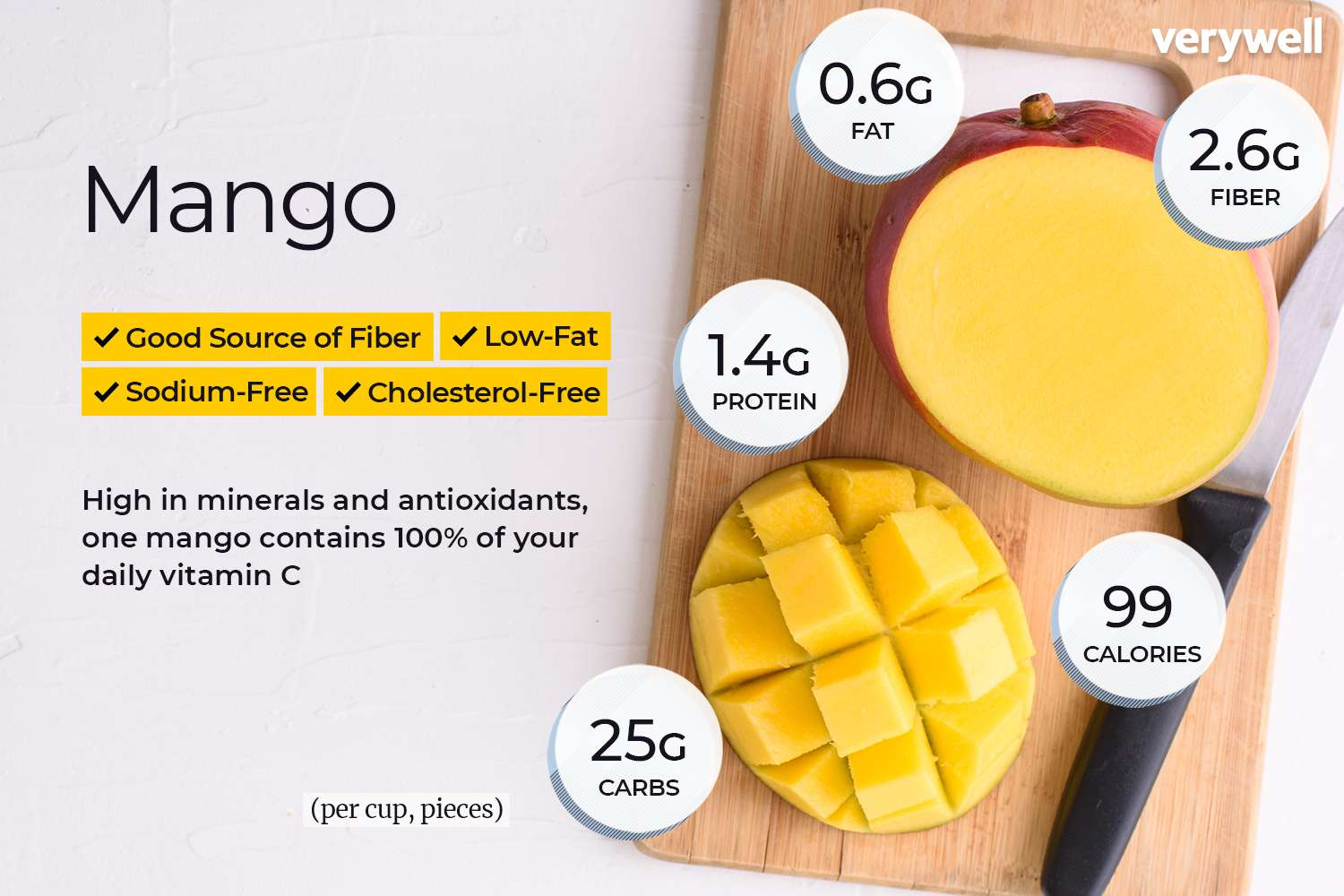
Health Benefits of a Mango
It offers several health benefits, such as:
- Immune Support: High vitamin C and beta‑carotene help strengthen the body’s defenses against infections.
- Digestive Health: The fiber and enzymes like amylases in mango aid digestion and can help relieve constipation.
- Heart Health: Potassium, fiber, and antioxidants may support healthy blood pressure and cholesterol levels.
- Skin & Hair: Vitamin C and A promote collagen formation, improving skin elasticity and hair growth.
- Eye Health: Beta‑carotene converts to vitamin A, nourishing the retina and reducing the risk of age‑related macular degeneration.
- Antioxidant Protection: Compounds such as mangiferin, quercetin, and astragalin help neutralize free radicals, lowering inflammation and potentially reducing the risk of chronic diseases.
Guideline For Growing a Mango Tree
Here is a complete guideline about getting a fully mature tree from a seedling:
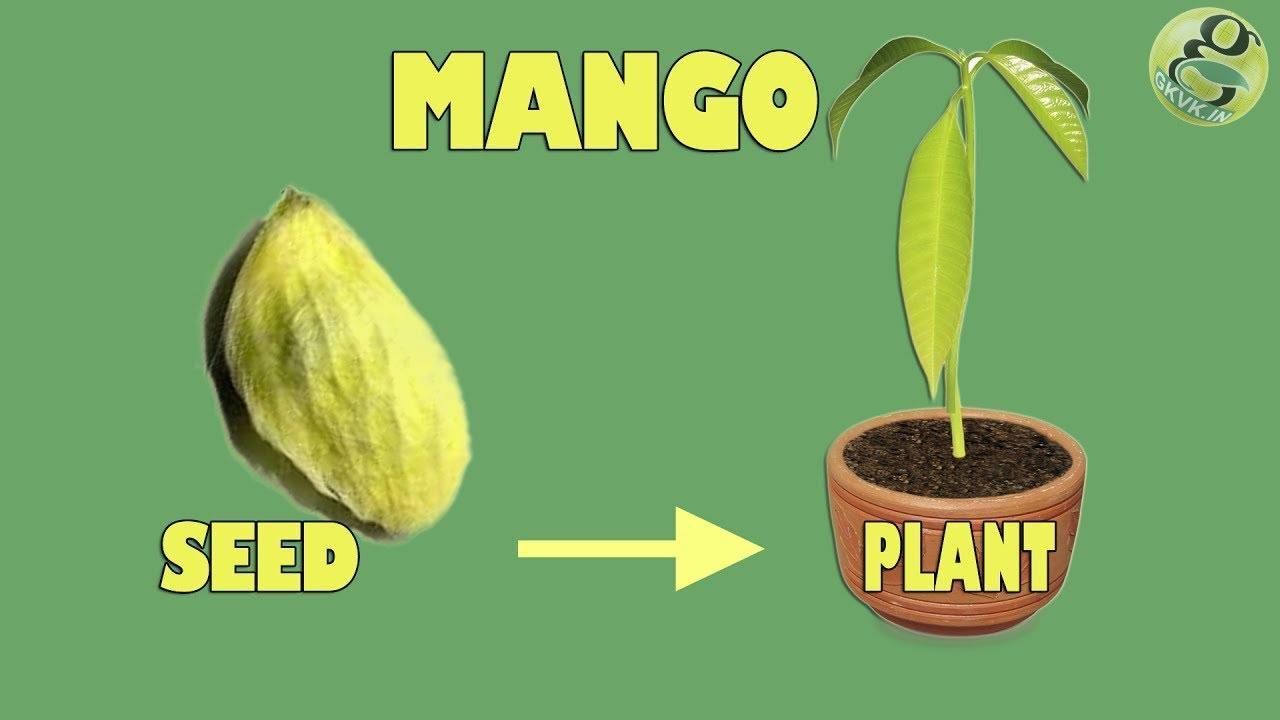
1. Selecting a Quality Seed
Choose a ripe, disease-free mango. Look for fully colored, fragrant fruits with no signs of fungal spots or rot. Harvest the seed soon after enjoying the fruit. Allowing the pit to dry on the countertop can reduce viability. Extract the pit carefully. Slice the flesh with a knife, then clean the pit under running water to remove any remaining pulp.
2. Preparing the Seed for Germination
Mango seeds are encased in a hard, fibrous husk. Inside lies the embryo. To improve germination rates, leave the clean pit in a shaded, well-ventilated spot for 1–2 days—this firms up the husk without killing the embryo. Carefully crack open the husk with pliers or tap gently with a hammer, revealing the flat, brown inner seed.
Alternatively, score the husk with a sharp blade and peel it back—do not damage the cotyledon. Soak the exposed seed in lukewarm water for 24 hours to soften tissues and jump-start germination. Change the water if it turns cloudy.
3. Germination Methods
Gardeners can germinate mango seeds using either paper towels or direct sowing in a pot. Here is a detail of these methods:
- Paper Towel Method
Prepare two sheets of absorbent paper towels, a resealable plastic bag, and lukewarm water. Dampen the towels (not dripping), wrap the seed, and place it inside the plastic bag. Incubate in indirect light, keep the bag at 75–86°F. Check every 2–3 days, re-moistening if the towel dries. Germination usually occurs in 2–4 weeks. A small root and shoot will emerge. Transfer the seed to the soil once a 2–3 cm taproot appears.
- Direct Sowing in a Pot
Choose a container or a 15–20 cm (6–8 in) pot with drainage holes. Use a light, free-draining mix (equal parts peat moss, perlite, and compost). Plant the seed deep horizontally, with the convex side up, and cover with 1–2 cm of soil. Water thoroughly, maintaining consistent moisture. Cover the pot with plastic wrap to retain humidity, removing it once sprouts appear.
4. Early Seedling Care
Bright, indirect sunlight is required for 6–8 hours daily. Avoid harsh midday sun on newly emerged delicate sprouts. Maintain 75–86°F and protect from temperatures below 59°F. Keep soil evenly moist but not saturated. Allow the upper layer to dry between waterings. After the first true leaves emerge (about 4–6 weeks), apply a diluted balanced fertilizer (e.g., 10-10-10 NPK) every 4–6 weeks.
5. Potting On and Shaping
The first repot should be after 3–4 months and moved into a 25–30 cm (10–12 in) pot. Add a Fresh, well-draining mix with added compost. Prune the top shoot when the seedling is 30–45 cm (12–18 in) tall to encourage branching.
Maintain a single trunk for the first year, removing low shoots to establish height. At about 60 cm (24 in), select 3–5 equally spaced lateral branches for the first framework.
6. Transplanting Outdoors
Once the seedling is 50–60 cm tall and has a sturdy root ball, it can be moved outdoors in tropical/subtropical climates. It needs full sun, at least 8 hours daily, and protection from strong winds. It also needs Well-drained soil; it should avoid heavy clay or waterlogged areas.
Dig twice the width and equal depth of the root ball. Nourish the soil with compost or well-rotted manure. Place the tree so the root flare sits slightly above ground level. Backfill gently, firming soil to remove air pockets. In temperate regions, keep mango trees in large containers in a greenhouse or indoors where temperatures remain above 59°F.
7. Harvesting
Seed-grown trees take 5–8 years to flower and fruit. Signs of ripeness include a change in background skin color (from green to yellow/orange), slight softening at the stem end, and a strong fragrance. To avoid damage, twist fruit gently from the stem or cut it with pruning shears.
FAQs
Is a mango high in sugar?
Mango does contain natural sugars (mainly fructose and glucose), with about 23 g of total carbohydrates per cup. However, its fiber content helps slow sugar absorption, which can moderate blood‑sugar spikes when eaten in reasonable portions.
Can mango help in digestion?
Yes. Mango contains dietary fiber and digestive enzymes (amylases) that help break down complex carbohydrates, supporting regularity and easing occasional constipation.
Are there antioxidants in mango?
Mango is rich in antioxidants like mangiferin, quercetin, and astragalin, which neutralize free radicals, reduce inflammation, and may lower the risk of chronic diseases.
The Bottom Line
Growing a mango tree from a seed is a lovely way to bring nature into the home or garden. A tiny sprout can grow into a strong tree with a healthy seed, warm sunshine, regular watering, and patience. Developing a seed into a mature tree may take a few years. Visit Growcycle for more tips on how to grow a mango tree successfully.


